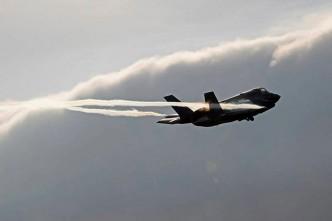In this government’s National Defence Strategy, published in April, Defence Minister Richard Marles reaffirmed that ‘Australia no longer enjoys the benefit of a 10-year window of strategic warning time for conflict.’ This was one of …
A number of commentators in Australia have lately made rash pronouncements about the demise of US submarines, alleging that innovative technologies will make the vessels vulnerable. Others have been arguing that US nuclear-powered submarines are …
Behind the recent spat between Defence Minister Richard Marles and his senior Defence advisors lies a hidden issue: are the governance arrangements for Defence’s high-level decision-making fit for purpose or do they need to be …
The central guidance in the defence strategic review is the introduction of the concept of deterrence by denial. I and my co-author Richard Brabin-Smith argued for acceptance of this concept in May 2021 in an …
With the release of an unclassified version of the defence strategic review just weeks away, we should give some thought to how to assess this important work. What criteria should we use to judge how …
Once governments have decided that their defence policies will focus on the defence of Australia, two conclusions immediately follow. First, priorities for the development of the Australian Defence Force will have a strong maritime dimension. …
Times change and we change with them, as the saying goes. Much the same could be said of warning times: as our strategic circumstances change, so we should reassess the consequences for contingencies that the …
Australia’s strategic outlook is deteriorating and, for the first time since World War II, we face an increased prospect of threat from a major power. This means that a major change in Australia’s approach to …
Today, ASPI released our report ‘Jump jets for the ADF?’ (watch the video interview with Ben Schreer here). It asks if there’s a good case for Australia to acquire F-35B Joint Strike Fighter (JSF) short take-off, …
This post is adapted from the authors’ paper Australian defence: challenges for the new government, published in the latest edition of Security Challenges. There’s a set of enduring policy principles that have guided the defence …
I’m an old Defence-of-Australia hand, so I’ll offer a perspective which looks at the 2013 Defence White Paper through that prism, and then draw some conclusions. There are four overall principles that have characterised Defence …
My previous posts have observed that the core force should have two principal attributes: it should be the base from which expansion should occur in the event of major strategic deterioration, and it should be …











